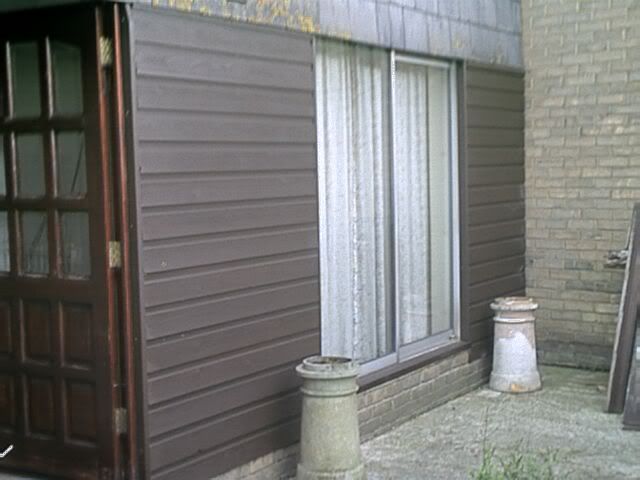Hi
About 3 years ago I had someone convert my old outside toilet and outhouse to one extended room which became the kitchen.
But since the wall was built (of old cracked bricks I might add) the wall seems to hold the water when it rains and is permanantly during the winter months. I have ground out the mortar (which fell out) and repointed, I now wondering if I should insert an airbrick. Oh the cavity was insulted aswell, which I think may be soaked......
Cheers
About 3 years ago I had someone convert my old outside toilet and outhouse to one extended room which became the kitchen.
But since the wall was built (of old cracked bricks I might add) the wall seems to hold the water when it rains and is permanantly during the winter months. I have ground out the mortar (which fell out) and repointed, I now wondering if I should insert an airbrick. Oh the cavity was insulted aswell, which I think may be soaked......
Cheers



